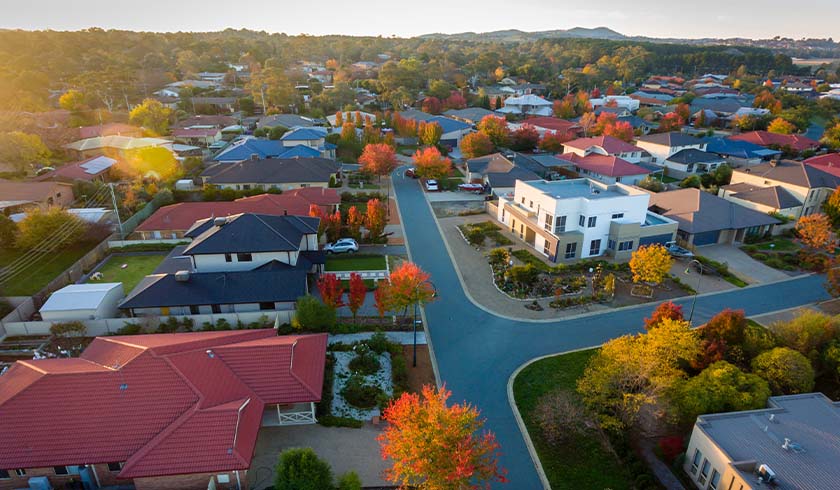Land demand increases following Liberal re-election
Following the May 2019 election, demand for residential land has increased by 45.9 per cent from their record low in March 2019, new research has shown.

According to a joint report by HIA and Corelogic, the increased demand for residential land has not yet had a material impact on land prices, with capitals growing by 0.7 per cent quarterly, while regional land values increased by 0.6 per cent.
However, HIA economist Angela Lillicrap said an increase in desire for land could drive up prices like it has in the past.
“A shortage of land is one of the factors that has driven home prices to increase over the past decade. With demand for land picking up, it is important that an adequate supply is maintained each year to avoid undue pressure on housing affordability,” Ms Lillicrap said.
Sydney remains the most expensive city for land in Australia with a median price of $445,000. Richmond-Tweed has overtaken Melbourne for the title of Australia’s second most expensive city/region for land with a median price of $415,000.
The median price of land in Hobart reached an all-time high of $184,750 during the September 2019 quarter. Despite the record price, Hobart continues to be the most affordable capital city for land and the most value for money with the largest median block sizes.
During the September quarter, the median lot size in Hobart was 685sqm. The second largest block size was Melbourne with a distant 484sqm.
According to Eliza Owen, CoreLogic’s head of residential research, the election result as well as cheap credit are driving this change in consumer demand.
“Demand for land and dwellings has rebounded strongly from June last year, which is also reflected in a 6.7 per cent rebound in national dwelling values over the past 7 months.
“The strength of the rebound comes from a halved cash rate between June and October last year, the re-election of the Coalition government providing certainty around negative gearing and capital gains concessions, and ongoing demand for owner-occupier dwellings as the Millennial cohort moves through the first home buyer age bracket of 25-34,” Ms Owen said.

